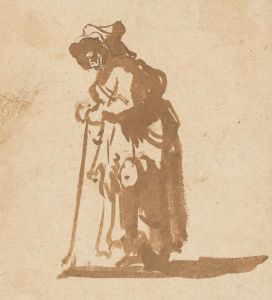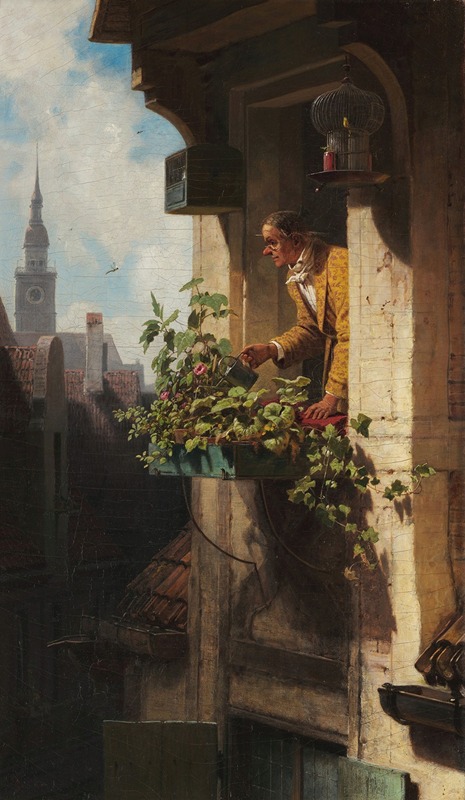
The garret I
A hand-painted replica of Carl Spitzweg’s masterpiece The garret I, meticulously crafted by professional artists to capture the true essence of the original. Each piece is created with museum-quality canvas and rare mineral pigments, carefully painted by experienced artists with delicate brushstrokes and rich, layered colors to perfectly recreate the texture of the original artwork. Unlike machine-printed reproductions, this hand-painted version brings the painting to life, infused with the artist’s emotions and skill in every stroke. Whether for personal collection or home decoration, it instantly elevates the artistic atmosphere of any space.
Carl Spitzweg's painting "The Garret I" is a notable work by the German Romanticist painter, known for his detailed and often humorous depictions of everyday life. Spitzweg, born on February 5, 1808, in Unterpfaffenhofen, Bavaria, was initially trained as a pharmacist before pursuing a career in art. His transition from pharmacy to painting was marked by a self-taught journey, during which he developed a unique style characterized by a keen observation of the human condition and a gentle, often whimsical, portrayal of his subjects.
"The Garret I" is one of Spitzweg's many paintings that explore the theme of solitude and the life of individuals in confined spaces. The term "garret" refers to a small, often cramped attic room, typically inhabited by artists, writers, or those of modest means. This setting is a recurring motif in Spitzweg's work, symbolizing both the isolation and the creative potential of the individual.
In "The Garret I," Spitzweg captures the essence of a solitary figure immersed in their own world. The painting is known for its meticulous attention to detail, a hallmark of Spitzweg's style. The composition typically features a lone occupant surrounded by the trappings of their modest existence, such as books, musical instruments, or other personal belongings. The garret itself is depicted with a sense of intimacy and warmth, despite its humble nature.
Spitzweg's use of light and shadow plays a crucial role in the painting, creating a mood that is both contemplative and serene. The light often filters through a small window, illuminating the subject and their surroundings, and highlighting the contrast between the interior space and the world outside. This interplay of light not only enhances the visual appeal of the painting but also underscores the theme of introspection and the inner life of the individual.
"The Garret I" is reflective of Spitzweg's broader oeuvre, which frequently focuses on the lives of the bourgeoisie and the petite bourgeoisie in 19th-century Germany. His paintings often convey a sense of humor and irony, gently poking fun at the quirks and idiosyncrasies of his subjects while also celebrating their individuality and resilience.
Spitzweg's work, including "The Garret I," is celebrated for its ability to capture the spirit of an era while also resonating with universal themes of solitude, creativity, and the human experience. His paintings remain popular for their charm, wit, and insightful portrayal of everyday life, securing his place as one of the beloved figures in German Romantic art.
"The Garret I" continues to be appreciated by art enthusiasts and scholars alike, who admire Spitzweg's skillful technique and his ability to convey complex emotions through seemingly simple scenes. The painting serves as a testament to Spitzweg's talent for transforming the ordinary into the extraordinary, inviting viewers to reflect on the beauty and depth of the mundane aspects of life.






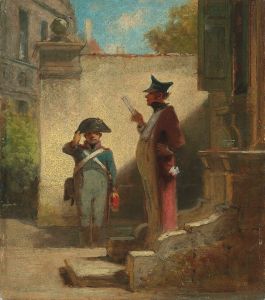
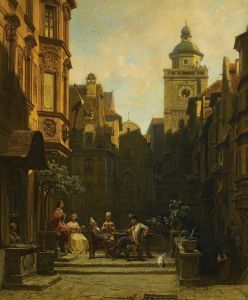
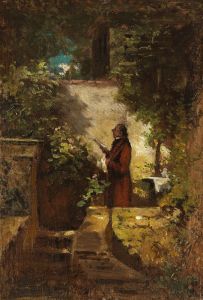
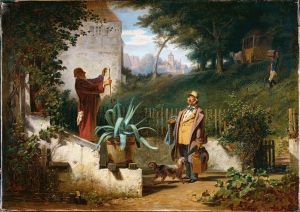
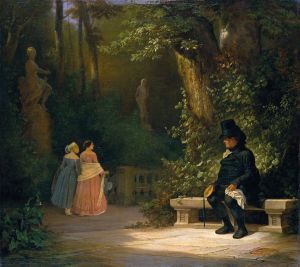
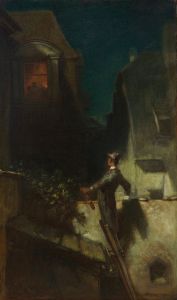
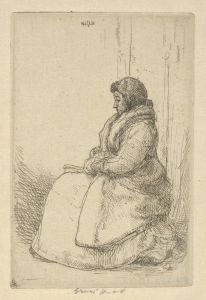
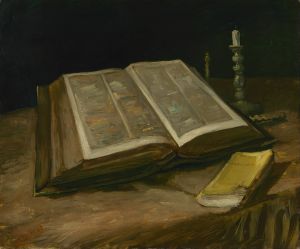
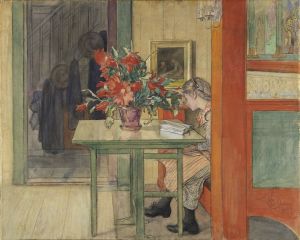
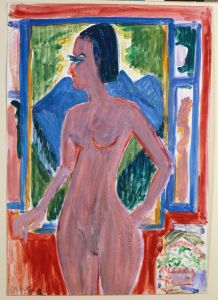
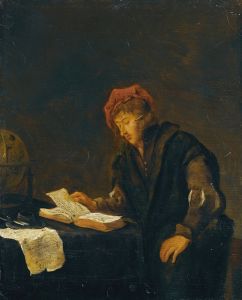
![There Is Something beneath the Sackcloth, i.e. You Can’t Judge a Man by His Clothes [The Men in Sacks]](/imgs/264663/s/francisco-de-goya-there-is-something-beneath-the-sackcloth-ie-you-cant-judge-a-man-by-his-clothes-the-men-in-sacks-eaec9eed.jpg)
